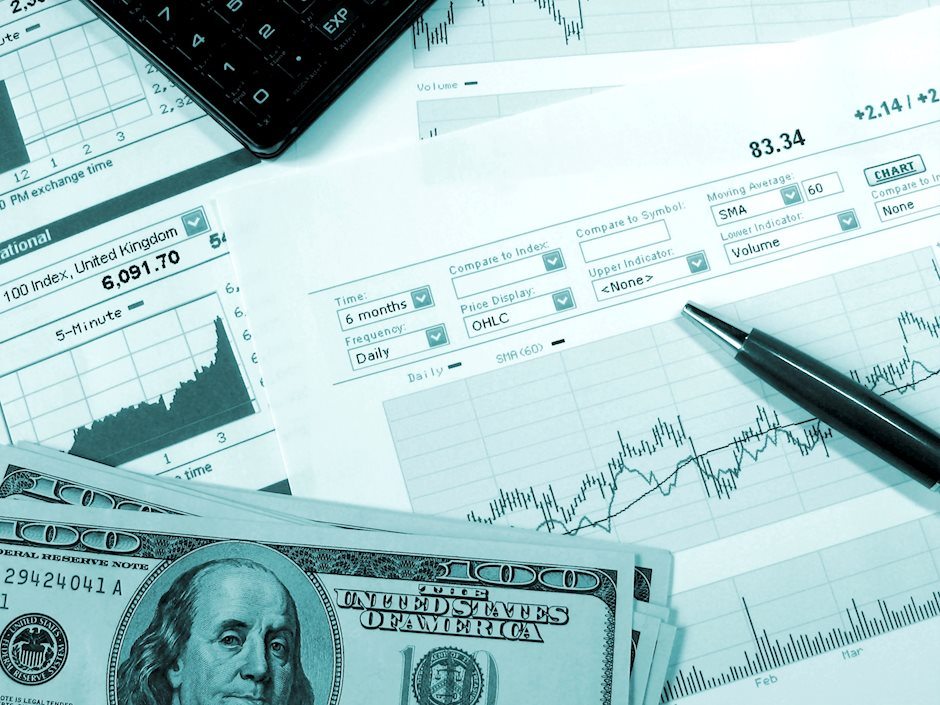US Dollar holds ground after S&P Global PMIs
- US Dollar holds its ground on Monday, rising despite softer PMI data.
- Market prices in 75 bps of Fed easing by year-end.
- Fed's Goolsbee pledged for “many cuts” will be needed next year.

The US economy is showing some signs of deceleration, but there are also some signs of the economic activity holding resilient. The Fed has stated that the pace of the easing cycle will depend on the incoming data.
On Monday, Fed's Goolsbee stated that rates need to come down adding that “many more rate cuts” will be needed. On the other hand, Minneapolis Fed President Neel Kashkari stated that the Federal Reserve is still focused on data to guide its decisions while Bostic commented that the recent half-point rate cut doesn’t establish a pattern for future cuts, also noting that risks to the labor market have grown.
Daily digest market movers: US Dollar stays green after PMI data
- Composite S&P PMI expanded at a slower pace of 54.4 in September, down from 54.6 in August.
- Manufacturing PMI unexpectedly declined to 47.0, while the services PMI expanded at a better-than-projected 55.4.
- Market continues to veer toward a dovish Fed, pricing in 75 bps of easing by year-end.
- Traders will keep an eye on incoming Fed comments and if incoming data would justify a 50 or 75 bps cut.
- US Dollar is likely to remain vulnerable until the market reprices Fed expectations. Incoming data will be key.
DXY technical outlook: Bulls remain weak and go nowhere
The DXY index has shown some momentum, but indicators remain in a bearish zone. The Relative Strength Index (RSI) is at 40, indicating weak buying pressure. The Moving Average Convergence Divergence (MACD) is displaying diminishing green bars, further supporting the bearish trend.
Supports are located at 100.50, 100.30 and 100.00. Resistance levels are found at 101.00, 101.30 and 101.60. The DXY index is likely to face resistance at these levels if it continues to rise. Conversely, if it falls below the support levels, it could signal further weakness.
Fed FAQs
Monetary policy in the US is shaped by the Federal Reserve (Fed). The Fed has two mandates: to achieve price stability and foster full employment. Its primary tool to achieve these goals is by adjusting interest rates. When prices are rising too quickly and inflation is above the Fed’s 2% target, it raises interest rates, increasing borrowing costs throughout the economy. This results in a stronger US Dollar (USD) as it makes the US a more attractive place for international investors to park their money. When inflation falls below 2% or the Unemployment Rate is too high, the Fed may lower interest rates to encourage borrowing, which weighs on the Greenback.
The Federal Reserve (Fed) holds eight policy meetings a year, where the Federal Open Market Committee (FOMC) assesses economic conditions and makes monetary policy decisions. The FOMC is attended by twelve Fed officials – the seven members of the Board of Governors, the president of the Federal Reserve Bank of New York, and four of the remaining eleven regional Reserve Bank presidents, who serve one-year terms on a rotating basis.
In extreme situations, the Federal Reserve may resort to a policy named Quantitative Easing (QE). QE is the process by which the Fed substantially increases the flow of credit in a stuck financial system. It is a non-standard policy measure used during crises or when inflation is extremely low. It was the Fed’s weapon of choice during the Great Financial Crisis in 2008. It involves the Fed printing more Dollars and using them to buy high grade bonds from financial institutions. QE usually weakens the US Dollar.
Quantitative tightening (QT) is the reverse process of QE, whereby the Federal Reserve stops buying bonds from financial institutions and does not reinvest the principal from the bonds it holds maturing, to purchase new bonds. It is usually positive for the value of the US Dollar.
Author

Patricio Martín
FXStreet
Patricio is an economist from Argentina passionate about global finance and understanding the daily movements of the markets.

















